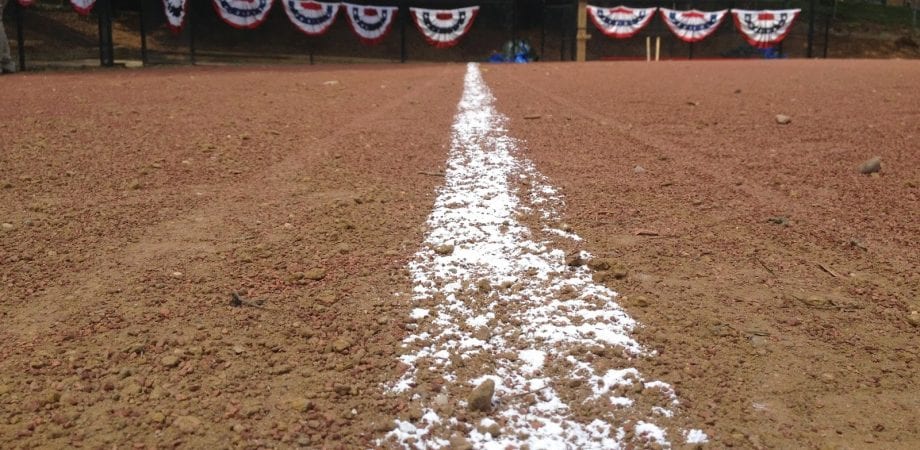In The Thick Of It

Developing a healthy, dense lawn comes from the right cultural practices, such as proper grass species and cultivar selection, proper mowing heights and fertilization, and other good management practices. The need for herbicides to control weeds can be greatly reduced if the lawn is well maintained.
So what should I be doing: spraying weeds, seeding, fertilizing, or maybe all three? These are the questions I’ve been receiving in the field, and this is my answer…
1.jpg)
If weeds are present, it’s time to control them.
There are several types of herbicides; choose the right tool! Consider the types of weeds that need to be controlled: clover, crabgrass, foxtail. For these weeds mentioned and several others, use Quinclorac if you plan to seed sooner than later. Last Call, the latest addition to our arsenal, is excellent on many grassy and broadleaf weeds. A fall application of Last Call to green bermudagrass prior to dormancy will prevent or delay re-infestation the following spring. Always read and follow the label.
Yes, go ahead and seed, but be mindful of the last herbicide application for best timing.
Keep the lawn dense! In thick lawns weed seeds may not germinate because the light cannot reach the soil surface. Use a starter fertilizer when seeding. Our 9-12-6 organic starter with SoilBuilder is an excellent choice, especially if using Holganix.
And don’t forget the late fall fertilizer.
The best time of the year to fertilize cool season lawns is in the fall.
So yes, spray weeds, seed and fertilize. Remember, we all wear many hats, but don’t lose the focus. Consider each task at hand, one task at a time.
Mary Jo Petrosky
Sales Representative
Advanced Turf Solutions







